The Allamanda vine, with its bright yellow flowers and subtle fragrance, never fails to capture the attention of passersby. Its delicate butterfly-like petals, surrounded by lush green foliage, are easy to grow and have become a favorite among many families. Let’s explore this unique plant together!
1 What is the Allamanda vine?
Origin and Meaning of the Allamanda Vine
The Allamanda vine, scientifically known as Tristellateia australasiae, is a flowering plant native to the tropical regions of Malaysia and Australia. Belonging to the Malpighiaceae family, it is a climbing shrub with a woody stem.
Commonly known as the Golden Trumpet, Allamanda cathartica, or Yellow Allamanda, this plant is often grown along fences, balconies, and tall buildings to provide shade, create a green space, and enhance the aesthetics of homes. It is also believed to bring good luck and fortune to its owners.
 Discover the beauty of the Allamanda vine, a climbing plant often seen on balconies and fences.
Discover the beauty of the Allamanda vine, a climbing plant often seen on balconies and fences.
The vibrant yellow flowers of the Allamanda vine symbolize strength, success, and victory. Facing upwards, they represent the aspiration to achieve greatness.
Feng Shui Significance of the Allamanda Vine
Placing an Allamanda vine near the entrance of a home is believed to bring good luck and success to the residents. According to Feng Shui principles, this plant can ward off negative energy and attract positive vibes.
The bright yellow color of the flowers is considered auspicious, especially for individuals with earth and fire elements in their birth charts. Growing this plant indoors or outdoors is said to bring prosperity and enhance career prospects for those with these elements.
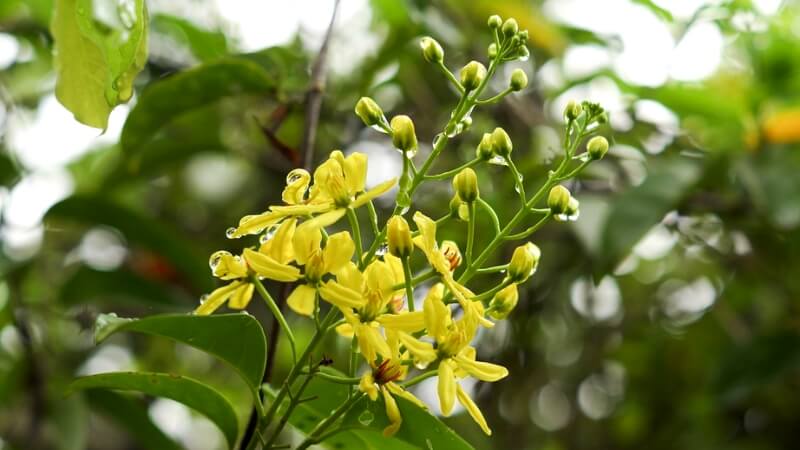 Feng Shui significance of the Allamanda vine
Feng Shui significance of the Allamanda vine
Characteristics and Classification of the Allamanda Vine
The Allamanda vine is a robust and long-living plant. Its leaves are oval-shaped, growing in an opposite and staggered arrangement. They have a glossy surface and resemble the leaves of a mulberry tree. The flowers, on the other hand, bloom in clusters at the tips of the branches and exhibit a bright yellow color with red stamens. Each cluster typically consists of 5 to 10 flowers, blooming throughout the year, especially from fall to winter.
There are two types of Allamanda vines: the climbing variety and the shrub form. The climbing variety, when left to grow unchecked, can reach lengths of over 5 meters. Over time, it transforms into a shrub with a height of approximately 2 to 3 meters. The shrub form has a dark brown stem with rough nodules and milky sap.
 Characteristics and classification of the Allamanda vine
Characteristics and classification of the Allamanda vine
2 How to Grow and Care for the Allamanda Vine
Growing the Allamanda Vine at Home
According to experienced gardeners, the Allamanda vine is relatively easy to grow and maintain. It does not require a large space or complicated care routines. All it needs is a small patch of well-drained, fertile soil with ample sunlight and ventilation. To grow your own Allamanda vine, you will need the following:
- Cutting for propagation: Choose a healthy, actively growing branch with leaves, flowers, and side shoots. The ideal length for the cutting is 30 to 50 centimeters from the base to the tip.
- Soil: The Allamanda vine thrives in loose, fertile, humus-rich soil with good drainage. Alternatively, you can use a mixture of soil, compost, and coconut fiber available at gardening stores.
- Planting pot: Purchase a standard black pot used for growing vines from a gardening supply store.
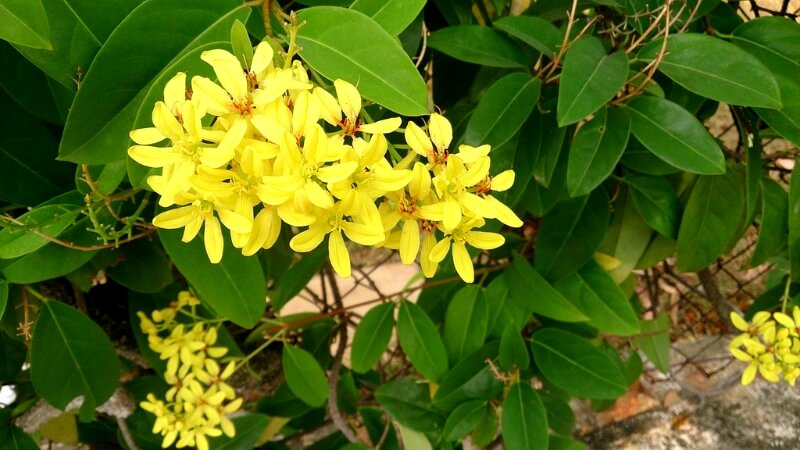 Growing the Allamanda vine at home
Growing the Allamanda vine at home
Planting the Allamanda vine in a pot is straightforward. Here are the steps to follow:
- Fill the pot with soil, ensuring it is level with the rim.
- Insert the cutting into the soil, burying it approximately 5 to 7 centimeters deep.
- Secure the cutting in an upright position by tying it to a stake or trellis.
- Water the plant generously with a solution of rooting hormone and water.
- Place the pot in a dry, cool location.
Caring for the Allamanda Vine
During the first week after planting, water the vine daily with a solution of rooting hormone and water, once or twice a day.
Once the plant has established a healthy root system and starts to grow new leaves and flowers, gradually introduce it to direct sunlight.
Maintain a regular watering schedule, preferably in the morning. Ensure the soil is moist but not soggy.
To promote flowering and healthy growth, provide a monthly dose of fertilizer such as organic, bio-organic, or NPK fertilizer.
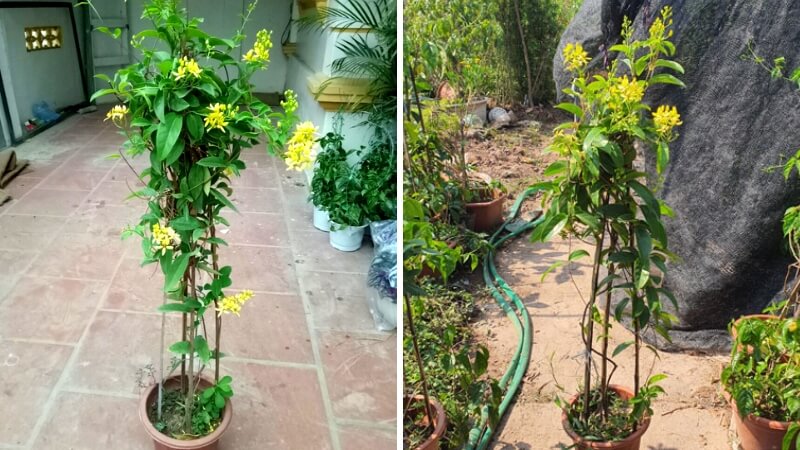 Caring for the Allamanda vine
Caring for the Allamanda vine
Notes on Growing and Caring for the Allamanda Vine
For young Allamanda vines that have not fully established themselves, it is advisable to place the pot near a window, balcony, fence, or trellis to provide support for the climbing plant. Alternatively, you can plant it near a large tree, allowing it to climb naturally without the need for a trellis.
When grown in pots, water the plant only when the top layer of soil has dried out. If planted directly in the ground, natural rainfall may be sufficient, as the dense foliage can protect the plant from excessive evaporation.
The Allamanda vine thrives in warm temperatures, with an ideal range of 18 to 35 degrees Celsius. It flourishes in full sun, producing an abundance of vibrant flowers. Insufficient sunlight will result in stunted growth, reduced flowering, or less attractive blooms. Therefore, ensure your plant receives ample sunlight.
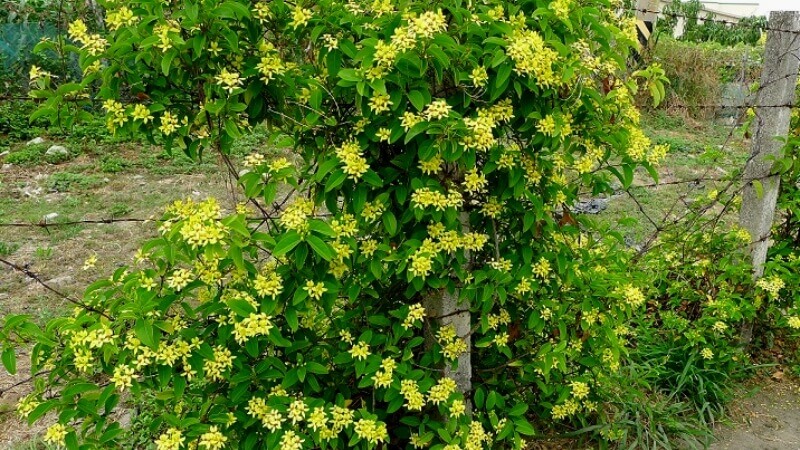 Notes on growing and caring for the Allamanda vine
Notes on growing and caring for the Allamanda vine
3 11 Beautiful Images of the Allamanda Vine
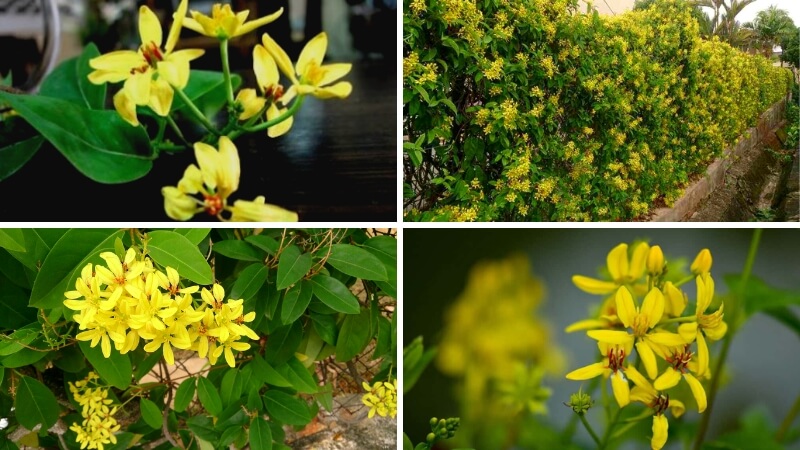 The captivating beauty of Allamanda vine flowers
The captivating beauty of Allamanda vine flowers
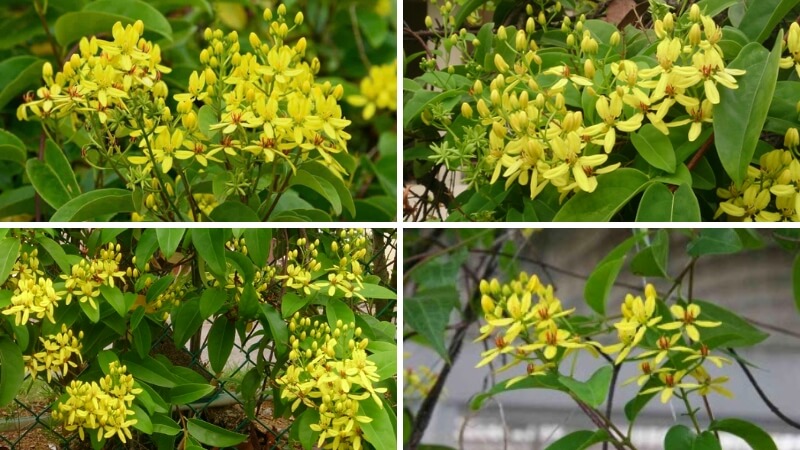 A profusion of Allamanda vine flowers in full bloom
A profusion of Allamanda vine flowers in full bloom
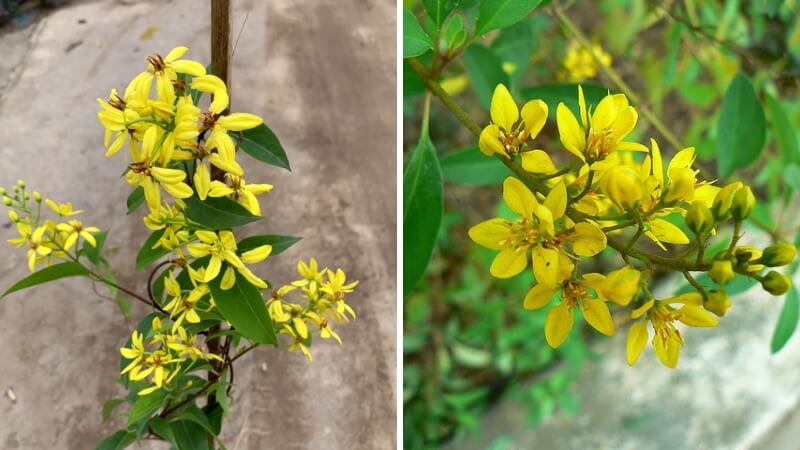 Allamanda vine flowers glowing in the morning dew
Allamanda vine flowers glowing in the morning dew
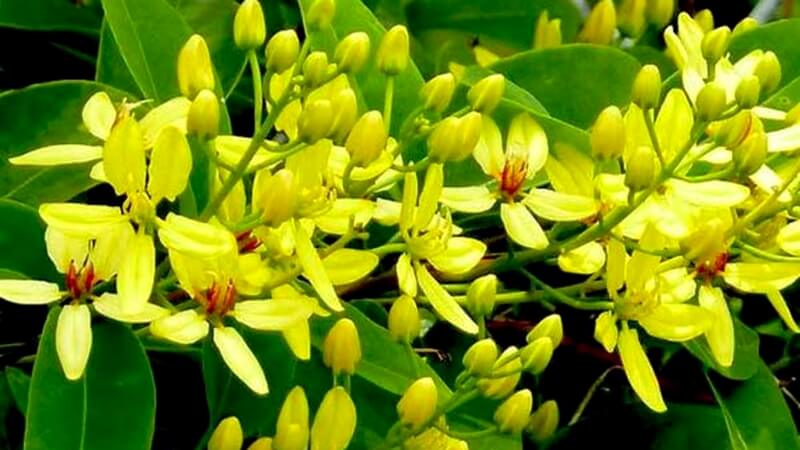 Allamanda vine enhancing the beauty of a garden
Allamanda vine enhancing the beauty of a garden
We hope that this comprehensive guide on the Allamanda vine has inspired you to grow your own vibrant display of golden flowers. With the provided information on its origin, meaning, and care instructions, you can now create a stunning feature in your home or garden.
2023 Lunar New Year Gift Ideas for Older Family and Friends
As 2021 approaches, families worldwide are gathering to celebrate the special bond between grandparents and their grandchildren. To show their love and admiration, these thoughtfully chosen gifts will bring a smile to the face of the elderly. Here, we have compiled a list of the 13 most meaningful Tet presents that can bring joy to our beloved grandparents.
Learn How to Grow and Take Care of Pentas Flowers
 Flowers‘>
Flowers‘>Get ready to explore the captivating world of paper flowers! Uncover the secret behind making these beautiful blooms and let us create a vibrant one together!


































